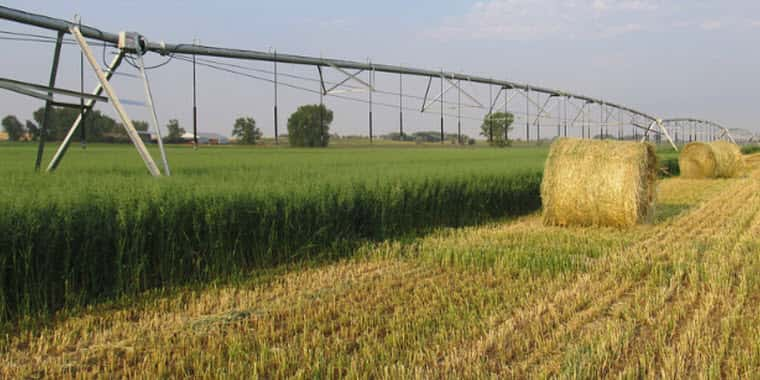The USDA released their National Land Values Summary report that showed farm land values increasing at the largest rate since 2012.
The U.S. average farm real estate value, a measurement that includes the value of all land and buildings on farms, is a record $3,380 per acre – a $220 per-acre or 7% increase over 2020. The national cropland value averaged of $4,420 per acre, an increase of $320 per acre (7.8%) from the previous year. The value of pasture in the U.S. averaged $1,480 per acre, an increase of $80 per acre (5.7 percent) from 2020.
Michael Nepveux, an economist with the American Farm Bureau Federation says, “These levels vary significantly throughout the country, with the highest real estate values concentrated in areas with larger volumes of high-value crops, as well as areas experiencing upward pressure due to proximity to urban areas. So far, the increases in land values have not yet been reflected in cash rents, with the national average cropland rent increasing by 1.4% compared to last year.”
In Northern Ag Network country, the increase in land values generally trended below the national increase, but both crop and pasture land values are on the rise.

Breaking that report down to just cropland, Montana posted one of the lowest percentage increases and has the lowest average price of farm ground in the country. On the other hand, South Dakota saw one of the biggest percentage increases in value, up nearly 12%

Since 2007, the average pasture value in the U.S. is up 44%. The past year saw the highest increase since 2014 and follows 6 years of little to no increase in value. However, the distribution of pastureland values across the country differs from the cropland value and real estate values.

The same pressures that are affecting many sectors of the U.S. economy appear to be impacting farmland values as well. These levels vary significantly throughout the country, with the highest real estate values concentrated in areas with larger volumes of high-value crops, as well as areas experiencing upward pressure due to proximity to urban areas. So far, the increases in land values have not yet been reflected in cash rents, with the national average cropland rent increasing by 1.4% compared to last year.
###
USDA/AFBF/Northern Ag Network


